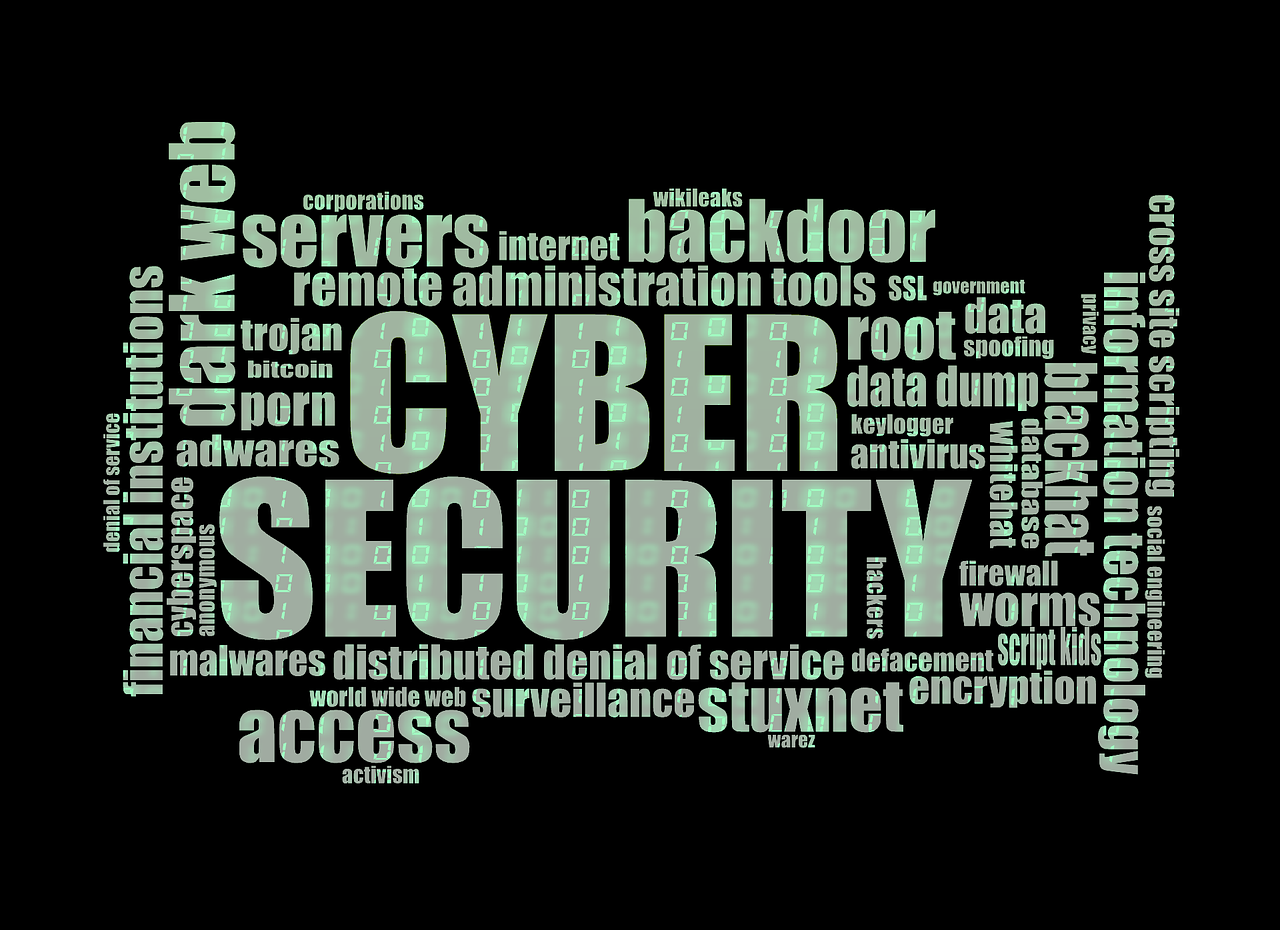Machine Learning in Cybersecurity
In today’s ever-evolving cybersecurity landscape, the traditional perimeter-based security model is proving increasingly insufficient to safeguard critical data and infrastructure. Enter the Zero Trust Security Framework, a revolutionary concept that challenges the conventional trust-but-verify approach. Zero Trust is a comprehensive security strategy that assumes no implicit trust, requiring verification from anyone trying to access resources on a network, regardless of their location or origin. This model is rapidly gaining traction in the world of network security for its proactive and adaptive approach to protecting sensitive information.
At the core of the Zero Trust Security Framework lies a set of fundamental principles that guide its implementation. The first principle is “Verify Explicitly,” which means that no entity, whether inside or outside the network, is trusted by default. Every user, device, and application attempting to access network resources must be authenticated and authorized, ensuring they meet the necessary security requirements. Additionally, “Least Privilege Access” is another pivotal principle, restricting access to the minimum necessary for a specific task or role. This limits the potential damage an attacker could inflict, even if they manage to gain access to the network.
Implementing Zero Trust is not merely a theoretical exercise but a pragmatic shift in network security. It involves creating a robust security architecture, encompassing micro-segmentation, continuous monitoring, and a comprehensive identity and access management system. Micro-segmentation divides the network into smaller, isolated segments, preventing lateral movement within the network. Continuous monitoring keeps a vigilant eye on network activities to detect any anomalies or suspicious behavior promptly. Furthermore, a Zero Trust model demands a strong identity and access management system to enforce strict access controls and policies consistently. This integrated approach secures the network on multiple fronts, reducing the attack surface and enhancing overall resilience.
In conclusion, the Zero Trust Security Framework is a progressive strategy for modern network security. It shifts the focus from assuming trust to rigorously verifying and controlling access, reducing the risk of security breaches. By adhering to the fundamental principles and implementing the necessary components, organizations can fortify their network security, adapt to the ever-evolving threat landscape, and safeguard their most valuable assets. As the cyber threat landscape continues to evolve, Zero Trust offers a promising path towards enhanced network security and data protection.
Don’t wait until it’s too late to secure your SMB against cyber threats! Contact IT CyCo today and let us help you safeguard your business. Remember, “don’t drive yourself, CyCo, we have”IT”—your trusted partner in cybersecurity solutions for small and medium businesses. Get in touch now to fortify your defenses and keep your business safe and sound!





